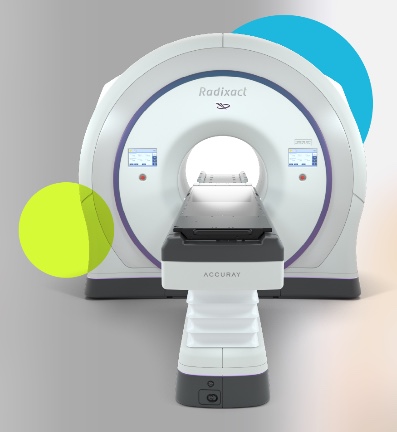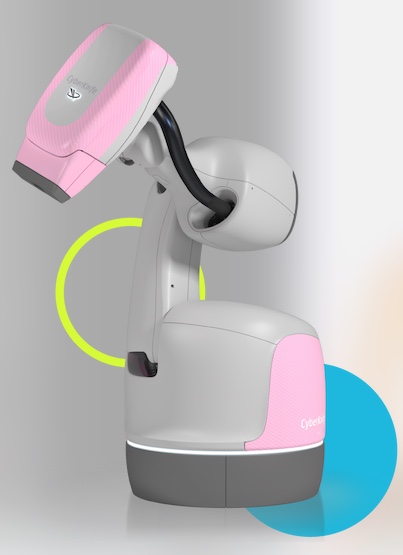Advances in treatment and early diagnosis would prevent many deaths from lung cancer.
Lung cancer is the leading cause of cancer mortality in the world, accounting for 28% of deaths from cancer each year, higher than breast cancer or prostate cancer.
It is a silent disease, usually not producing symptoms in the initial stages, as the lungs have no capacity to produce pain. In 70% of cases it is diagnosed after the appearance of more serious symptoms, when the cancer is already advanced and has spread to other areas of the body, when it is too late to give curative treatment.
It has therefore been essential to develop adequate early-detection programmes in diseases such as lung cancer.
Early detection
At HC Marbellawe recommend screening for theearly detection of lung cancerin smokers or former smokers over the age of 55 and in patients who have had some type of lung disease or who have a family history.
During this check-up the respiratory physician may recommend a low-dose CT scan. This type of scan allows the dose of radiation to be adapted to the patient’s anatomical requirements, meaning the dose is significantly reduced.
Depending on the CT results, your doctor may consider performing a PET-CTscan which will provide anatomical and metabolic information. The most advanced PET-CT systems enable the detection of pulmonary micronodules, preventing up to 45% of lung biopsies.
Technological advances in the field of diagnostic imaging increasingly allow the detection of lung tumours at an early stage, all of which has a positive impact on patient survival.
In addition to advances in the diagnosis of the disease, there havealso been developments in its treatment. There is an increasing tendency to more precise and personalised treatment with the aim of targetin only the tumour, reducing the side effects as much as possible.
At HC Cancer Center the choice of treatment is taken by a tumour committee. The committee brings together different specialists who analyse the results of the diagnostic investigations and assess different parameters such as the stage of the disease and the patient’s age and health status.
The most advanced radiotherapy for lung cancer
Radiotherapy is one of the pillars in the treatment of this condition. When the tumour presents at an early stage, and is localised, curative treatment may be proposed.
The radiotherapy of choice is usually SBRT (Stereotactic Body Radiotherapy), a type of radiotherapy which requires very precise technology capable of delivering high doses of radiation to the tumour area, shortening treatment times and increasing the effectiveness of treatment.
Development of new therapies. Precision medicine
Just as all people are not the same, neither are all tumours. They cannot therefore be treated in the same way. To ascertain the most effective treatment for each type of tumour, we need to discover its genetic alteration. This then enables us to administer an effective drug for that specific type of abnormality, reducing both toxicity and side effects.
HC Cancer Center provides the facilities required for the diagnosis and treatment of lung cancer. Request an appointment to consult a specialist.







